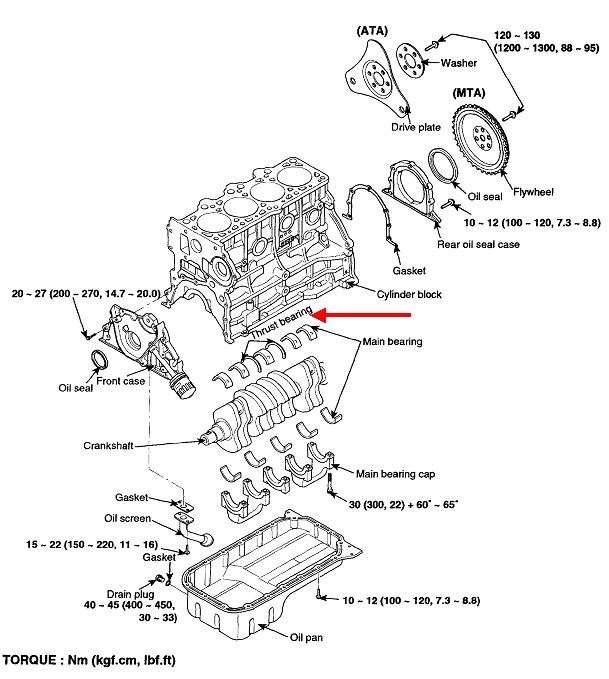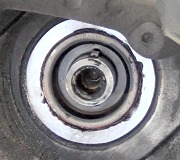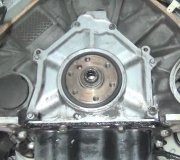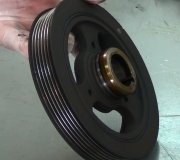You will know more once end play is measured. Your mechanic should be able to do that with the engine in the car, in just a few minutes. If it is found to be excessive, check if the oil pan can be easily removed so the thrust bearings can be inspected. When improperly-hardened crankshafts cause this problem, they definitely do not last 70,000 miles. Ford had this problem in the early 1970's with their police car engines. Every one failed within a year. Those cars were bought with no warranty, so the police departments had to pay for the repairs. Chrysler had this problem with their 3.3L engines in the early 1990's, but every one was repaired under warranty. They pushed out the rear main seal, usually within the first 10,000 miles. A coworker would wash the engine bay at 8:00 am, pull the engine out the top, push the vehicle to the wash rack to wash the engine bay a second time, mount the engine on a stand, push that to the wash bay, push it back to his work station, remove the oil pan, remove the crankshaft and bearings, fetch the new parts from the parts department, install all the new parts, hoist the completed engine over the engine bay, then stop for lunch at 12:00 noon! By 2:00 pm, the engine was installed and running. He did so many of these, he knew just which tools to grab, and the most efficient order to do things.
Thursday, December 6th, 2018 AT 4:50 PM




